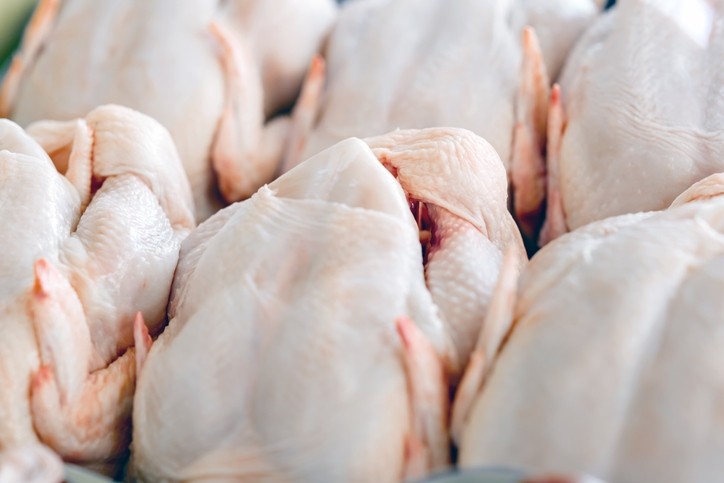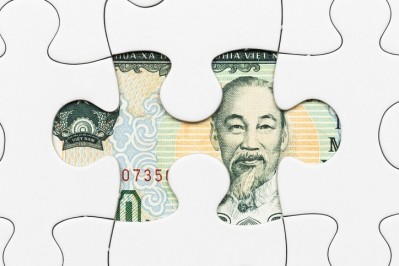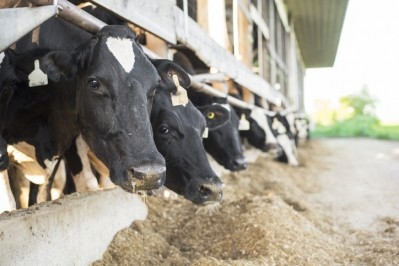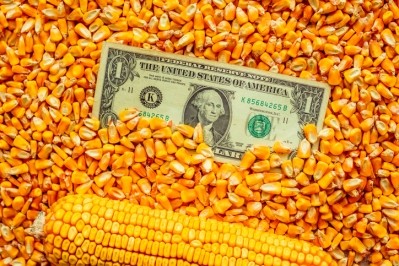Global poultry industry trends: Feed prices, oversupply, fallout from ASF and Brexit

Key concerns are higher feed prices and ongoing oversupply in many global markets, finds the Dutch bank's latest Poultry Quarterly.
Notable positives are the expected African Swine Fever (ASF)-related strength in pork prices, and the limited feed price upside risks, given the relatively good feed grain supply position expected in Europe and Latin America, said Rabobank.
The poultry sectors in China and Mexico are performing relatively well, but also Brazil, due to the combination of supply reduction and improved export demand.
Oversupply
Feed prices have been a big issue in South Africa this year, which also had to cope with a supply glut of chicken. “The big South African players were really hit. If there are rising feed costs and too much oversupply in the market, companies cannot pass on the higher feed costs to their clients,” said Nan-Dirk Mulder, senior animal protein analyst.
Russia experienced similar challenges but recent concentration in the industry there meant it has been able to recover quickly, he told us.
“Russian has experienced one or two challenging years; outbreaks of Avian flu in that country meant several mid-sized poultry companies went bankrupt over that period. For the first time since I have been covering this [space], there has been declining poultry production in Russia, with lower output in the past two quarters.
“However, some of that idle capacity is now being taken over by other players, so that fact could affect the outlook for the Russian industry in the next few months; there could be a little more supply in the market. Of course, it depends on the discipline of the companies carrying out the acquisitions, as to how much of that additional capacity they will use.
“On feed costs, things are looking up though, given the quite sizeable grain crop in Russia this year. That is [a positive development] for the poultry sector there.”
In general, in Europe, the past few months have also been quite difficult, said the analyst, with oversupply an issue in European poultry markets as well. The next quarter, given the expected seasonal gains, should be stronger though, said the analyst.
“Poland is still expanding, not as fast as before. There has been so much capacity built there in the past few years, and, really, that expansion has been affecting the industry in Europe as a whole.”
The European commodity or bulk suppliers of poultry are the ones most negatively impacted in this type of oversupply scenario. “The value-added product players usually perform better in this kind of situation.”
Brexit
Poland, along with the Netherlands, are the biggest exporters of poultry into the UK, and, thus, the countries set to be most affected by a hard Brexit.
“Regardless of what kind of Brexit we end up with, however, I believe trade from continental Europe will be under pressure, primarily due to controls at the border and the likely delays at UK ports,” said Mulder.
He sees an upside for the UK domestic industry, though, arising out of any exit from the EU, with additional slaughtering capacity already installed. “There has been investment in slaughterhouses in the UK, those facilities will need to be supplied, so I believe self-sufficiency in the UK poultry sector will be higher in the coming years.”
ASF outbreak
All the major pork producing countries in Asia, bar Japan and Thailand, have been affected by the ASF outbreaks, which is resulting in a positive trade dynamic for local poultry players; those markets are seeing higher prices for chicken along with more investment in the poultry sector in general, said the analyst.
“The Chinese poultry industry is doing very well, with fast rising prices in the domestic market – the integrators, in particular, those who have their own feed mills and control their own broiler production, are the ones that are really benefiting.”
Global traders with access to China and Vietnam will also benefit, but particularly in relation to dark meat exports.
China buys relatively small volumes in global markets – mainly consisting of special dark meat cuts like feet, legs and wings. African markets are also buying more dark meat and that is why, currently, it is prices of dark meat cuts, rather than breast meat, that are so well supported, he added.












